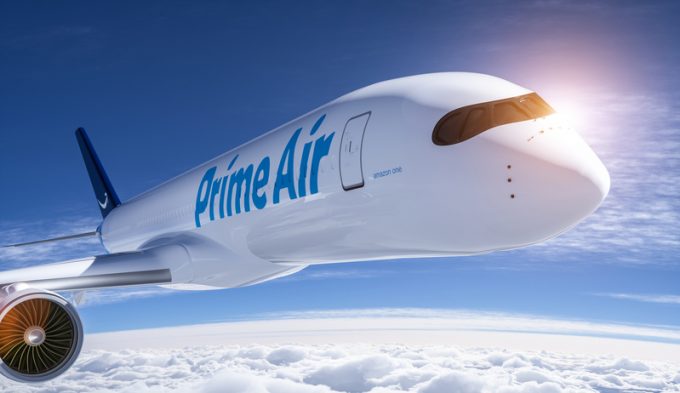Fleet watching is the key to predicting the future in air
All eyes on the aircraft boneyard

Amazon Air has joined the scramble for freighter capacity and, with its bottomless pockets, looks likely to bag a long-haul fleet, allowing it to adjust its network strategy, according to aircraft industry executives.
Reports indicate that Amazon is eyeing ten A330-300s and an unspecified number of ...

Comment on this article